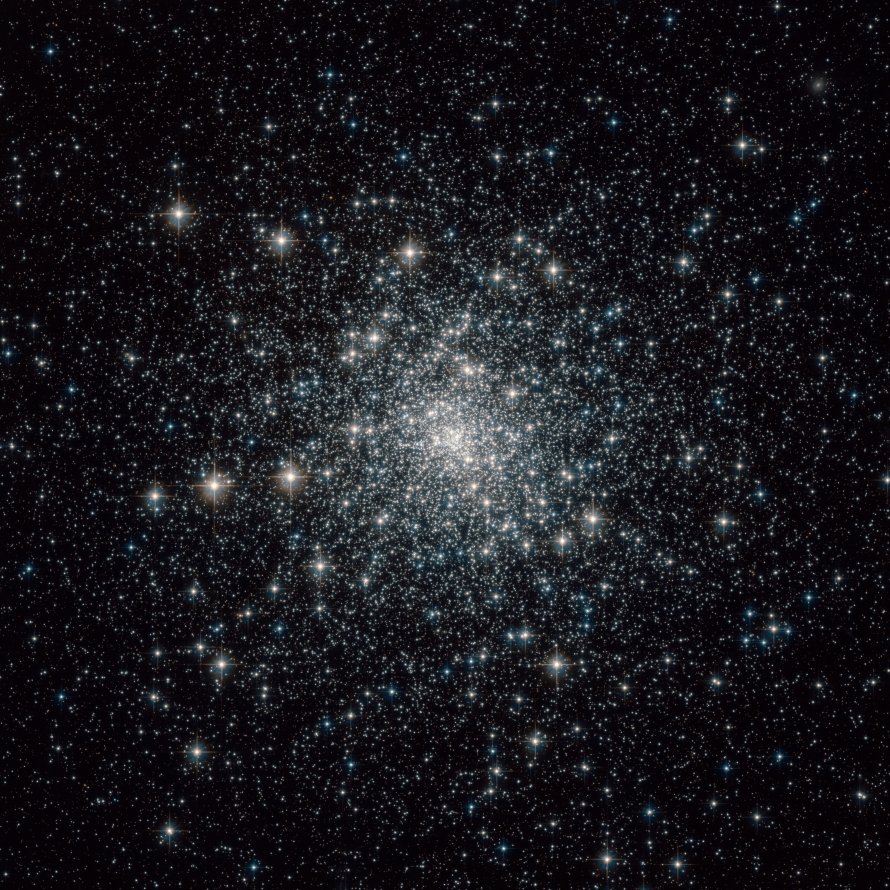M30 (NGC 7099)
Messier 30 (NGC 7099) is a globular cluster located in the constellation Capricornus, in the Galactic Center of the Milky Way Galaxy in the Local Group of galaxies. M30 is 27000 light years away from Earth.
M30 is best viewed during early spring, is magnitude 7.7, and can be viewed with binoculars. M30 is 12' in apparent size. For reference, the full moon is 30'.
Observing difficulty: Intermediate
- Name:
- Type:
- globular cluster
- Constellation:
- Capricornus
- NGC or IC:
- NGC 7099
- Magnitude:
- 7.7
- Viewing:
- binoculars
- Size:
- 12'
- Distance (light years):
- 27000 LY
- RA:
- 21h 40.4m
- Dec:
- -23 11'
- Season:
- early spring
- Milky Way location:
- Galactic Center
- Galaxy group:
- Local Group
- Messier Marathon #:
- 110
* The naked eye can see up to magnitude ~7-8 objects under ideal dark sky conditions.
A Crowded Gathering in Capricornus
Located in the constellation Capricornus, the Sea Goat, is an extraordinary globular cluster known as Messier 30 (M30). This densely packed assembly of stars, nestled against the backdrop of the Milky Way's central bulge, is a subject of interest for both amateur stargazers and professional astronomers. This article will explore the discovery and characteristics of M30, its apparent magnitude, and provide a guide for finding and viewing this celestial object.
Discovery and Observation
M30 was first cataloged by Charles Messier in 1764, becoming one of the early entries in his now-famous catalog of comet-like objects. The cluster is approximately 27,000 light-years distant from Earth and resides in a region heavily obscured by interstellar dust and gas, making it a challenging object to study in detail.
Physical Characteristics and Magnitude
M30 is an ancient, compact globular cluster with an estimated age of around 13 billion years. It contains hundreds of thousands of stars, many of which have undergone a process known as "core collapse," a common end-stage for globular clusters that dramatically increases the central star density. The apparent magnitude of M30 is about 7.2, making it a target just outside the range of naked-eye visibility under ideal conditions but well within the reach of a pair of binoculars or a small telescope.
Astronomical Significance
M30 is of particular interest to astronomers because of its core-collapse status, providing an opportunity to study this intriguing stellar dynamics phenomenon. The cluster also houses a significant population of "blue stragglers," stars that appear younger than they should be, likely the result of stellar collisions or mass transfer in binary systems. This makes M30 a natural laboratory for studying these mysterious objects.
Finding and Viewing M30
M30 is located within the constellation of Capricornus. To locate it, start by identifying the constellation's distinctive triangular shape. From the brightest star, Deneb Algedi (Delta Capricorni), move in a southeastern direction to find this globular cluster. With a pair of binoculars or a small telescope, M30 will appear as a fuzzy patch of light. Larger telescopes, particularly under dark skies, will begin to resolve individual stars in the cluster's outer regions, providing a breathtaking spectacle.



